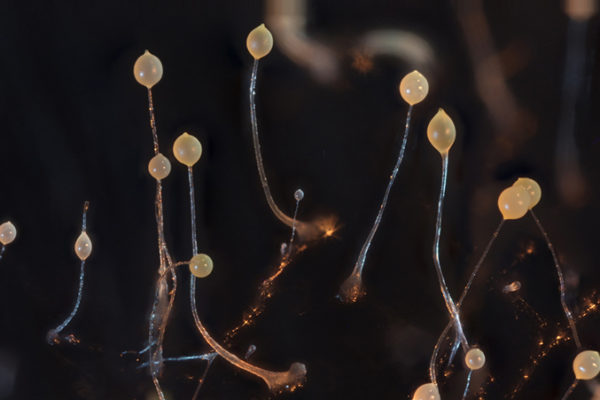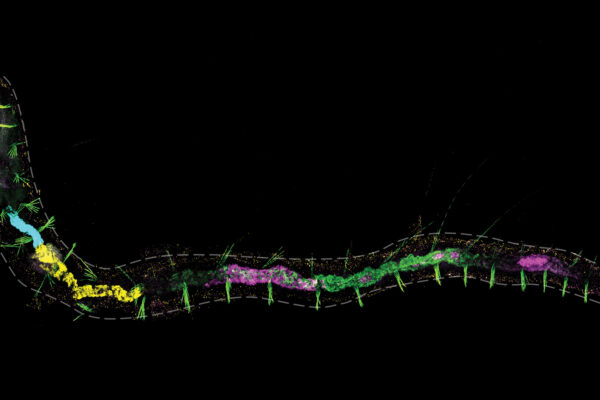
The drama of predators vs. prey — hunting, stalking, fleeing — isn’t limited to the animal kingdom. Underneath our feet, hungry amoebae in the soil pursue and eat bacteria in a microscopic wild kingdom. But being a predator has its own costs, and that’s as true for amoebae as it is for lions or wolves.
In a paper published in the Proceedings of the National Academy of Sciences, a team of researchers in Arts & Sciences at Washington University in St. Louis took an unprecedented look at the predatory nature of Dictyostelium discoideum, a soil-dwelling amoeba. “The amoebae prey on a very diverse group of bacteria,” said lead author P.M. Shreenidhi, a graduate student in the Department of Biology. “But when they switch from one bacteria to another, there’s a physiological cost.”
Other authors include David Queller, the Spencer T. Olin Professor of Biology; Joan Strassmann, the Charles Rebstock Professor of Biology; Rachel McCabe, a graduating senior majoring in biology and anthropology; and Debra Brock, a postdoctoral research fellow in the Department of Biology.
Read more on the Ampersand website.


